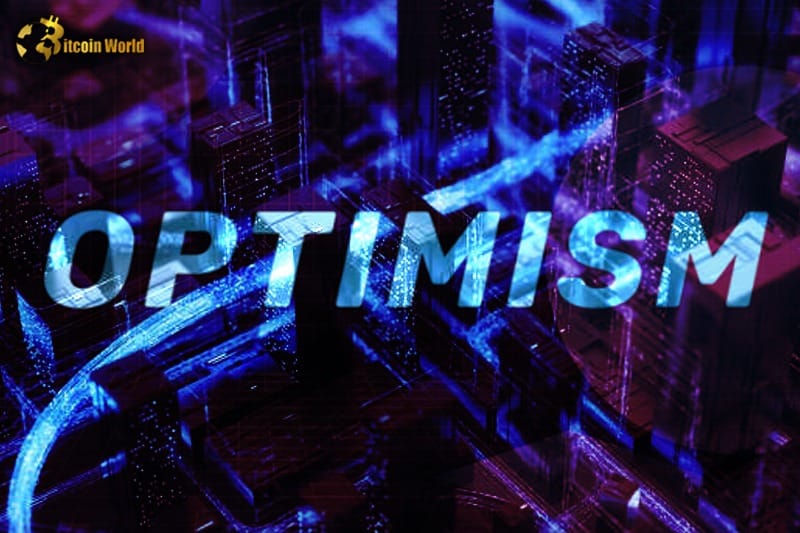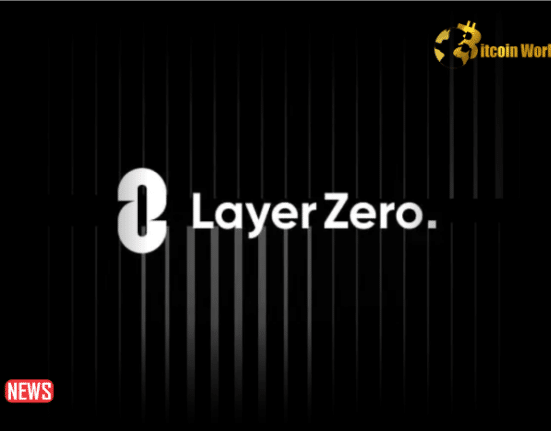OP Labs has successfully integrated its modular, fail-safe system into the OP Goerli testnet. In a recent blog post dated October 3rd, OP Labs, the brains behind the Optimism network, proudly announced the launch of a testnet version of their fault-proof system. Once this rigorous testing phase concludes, it promises to usher in a more decentralized and highly efficient Superchain ecosystem. The newly developed system is currently in deployment on the Optimism Goerli network.
Historically, OP Stack-based networks have relied on centralized sequencers for bundling transactions and submitting them to Ethereum. However, this reliance on a centralized entity posed a potential vulnerability. Users lacked the ability to counteract fraudulent submissions by the sequencer if it happened to present inaccurate data. This created a worrisome scenario where malicious actors could potentially confirm fraudulent transactions if they gained control. L2Beat, in a report on Optimism, has raised red flags about this risk, emphasizing the necessity for users to place their trust in block proposers for the submission of correct L1 state roots.
OP Stack-based networks, including Optimism and Base, were envisioned as optimistic rollups, a specific type of layer 2 solution deeply intertwined with Ethereum’s security infrastructure. Ethereum co-founder Vitalik Buterin, in a January 2021 essay, made a compelling case that optimistic rollups must empower users to submit fraud proofs, acting as a safeguard against fraudulent withdrawals to Ethereum. Otherwise, they could not truly claim to be decentralized.
In a nuanced stance in November 2022, Buterin acknowledged that certain rollups might initially require some centralization while they establish robust fraud-proof systems. Nevertheless, he urged them to evolve towards full decentralization.
OP Labs asserts that their innovative fault-proof system is a pivotal step towards realizing decentralization within OP Stack networks. Their system is meticulously designed to eventually enable secure bridging without resorting to central fallback mechanisms.
Furthermore, the system’s modularity is a standout feature, allowing each network to craft its unique fraud prevention system. This modular system comprises three distinct components: a fault-proof program (FPP), a fault-proof virtual machine (FPVM), and a “dispute game protocol.” This modularity empowers each network to custom-build its own fault-proof system tailored to its unique requirements.
According to the blog post, this approach will foster diversity within the Optimism Superchain, ultimately enhancing the entire ecosystem’s security. Networks may even opt to leverage zero-knowledge proofs (ZK-proofs) as a form of fraud-proof, an approach not commonly seen in Optimistic rollups, where ZK-proofs are generally associated with zero-knowledge rollups.
OP Labs has been diligently working to weave a tightly interconnected web of blockchain networks known as the “Superchain.” To realize this ambitious vision, they introduced the OP Stack, a comprehensive set of software tools designed to facilitate the creation of custom blockchain networks. Avail network has also contributed to this effort with their “OpEVM” software, which shares the same objective but builds upon Avail as the base layer, rather than Ethereum. Other Superchain competitors, such as Polygon’s ZK Supernets and the zero-knowledge Ethereum Virtual Machine Hyperchain, further illustrate the burgeoning landscape of interconnected blockchain ecosystems















